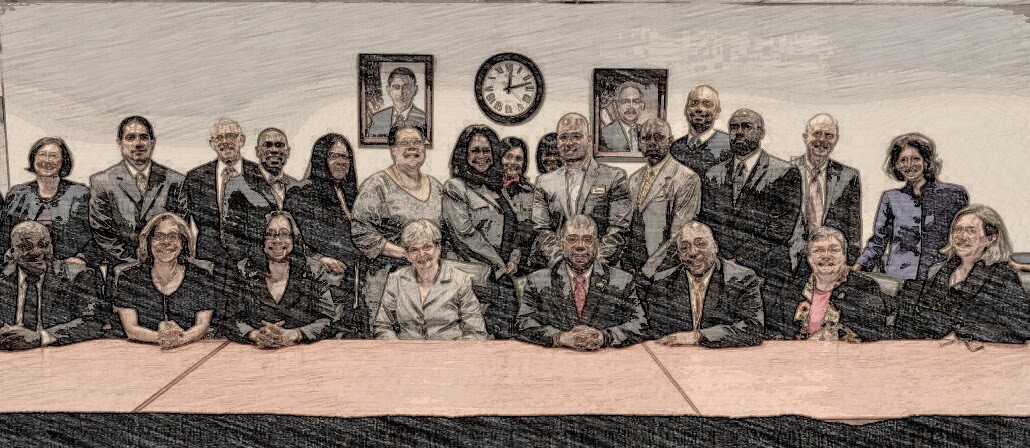We're wrapping up the Spring semester 2014 of The Beat Within, A Compositional History of Incarcerated Writing online course, NMSU. As the Final Project each student selected a Beat Within publication from the Archives at The Beat's website and were tasked to conduct a digital presentation of its contents, including an analysis of the cover, the editor's note, the counselor's corner (including digital storytellers), pieces of the week/co-pieces of the week, standouts, The Beat Without, and an illustrations analysis from one of our required texts Illustrations from the Inside, The Beat Within.
It's a great opportunity to focus in on the details of just one publication and the themes it explores related to the lives of incarcerated youths and the justice system. Students enrolled in the course also take the time to review The Beat Manual to understand the basics of becoming a facilitator or participant in a justice program that is based on creative expression, which specifically with The Beat publications involve writing and artwork.
As I'm reviewing the presentations I'm going to take the time to highlight a few findings, including thoughts from the students as well as what we're discovering by digging into the Beat Within publications which print bi-monthly and consist of nearly 60 pages or more each issue, leaving readers with a lot of wonderful content to explore. What's great about these presentations, is no matter the time, whether it was published in the past year, or in previous years, it gives us a chance to put a magnifying glass on the writers of that particular month and to highlight quotes and statements. In thinking about it, I wanted to highlight some of those quotes and statements as many people do on the world wide web when it comes to people that are famous or historic figures. Does a dose of motivation through word always have to come from someone that most people know? What about highlighting and passing on the quotes from youth? From students? From every day people that are expressing something new? How about the lyrics of youth in our programs and the quotables of educators that arrive to a thought they're exchanging in the classroom or workshop? We should pass on these quotes more or at least document them. It's something I discovered also reading through the report by Carnegie Hall titled 'May the Songs I Have Written, Speak for Me, An Exploration of the Potential of Music in Juvenile Justice'.
So as I'm reviewing and grading final projects... that is what I've decided to do. I'm going to start pulling these quotes out from our readings, from the youth in our VBW workshop, from peers, from The Beat Within that we're subscribed to... I'd like to post these quotes for people to pass on and share. Whether they be in digital form online or something in print, (with permission maybe posters) that we can post in our rooms, offices, and centers... I'm also planning to attach these messages to photographs, music, and other multimedia. (For the record, the Beat is designed in a way that also highlights the power of quote, from the cover to the pages throughout the publication).
To begin, we start with Stephanie's presentation on the 2012 publication Volume 17.01/02 which you can view by visiting the Archives
TBW Archives 2012. There is a part in her presentation where she points to a Beat Without write up by Alex Diaz called "Sustaining Change". You can view it by clicking on the image below. I also wanted to attach it to an instrumental produced by Q-Tip from the 1994 classic by Nas titled ((One Love)). It relates to the powerful closing of "Sustaining Change" which you can read in its entirety on page 65 of the publication. The photograph included behind the quote is a nice summer shot by Anncam,
Anncam's Photos. In addition, here is Stephanie's summary on the part of her presentation that dealt with The Beat Without,
Stephanie's Summary. To view the quote below on a bigger screen click on the image!
(Click on the image to enlarge!)





































